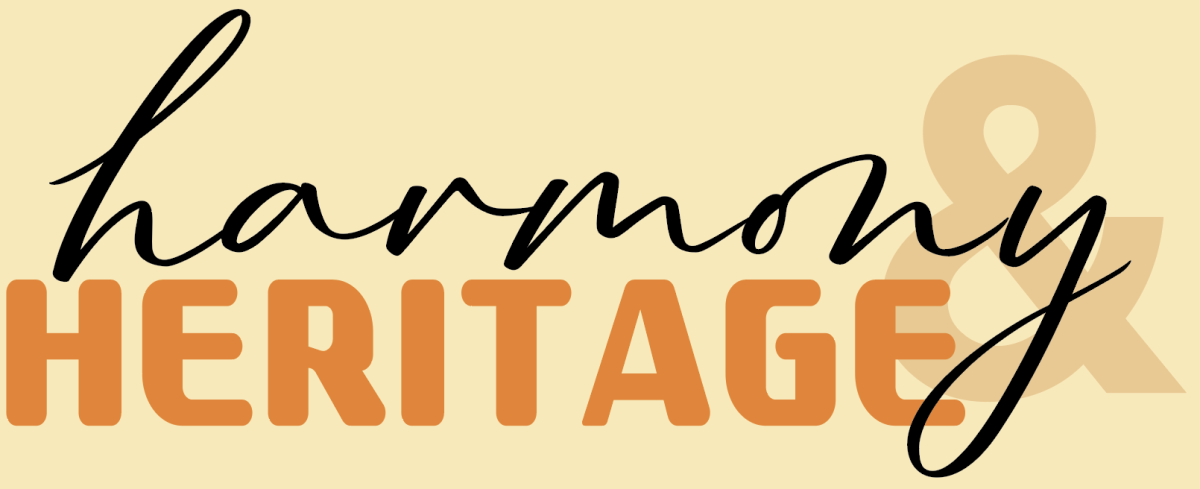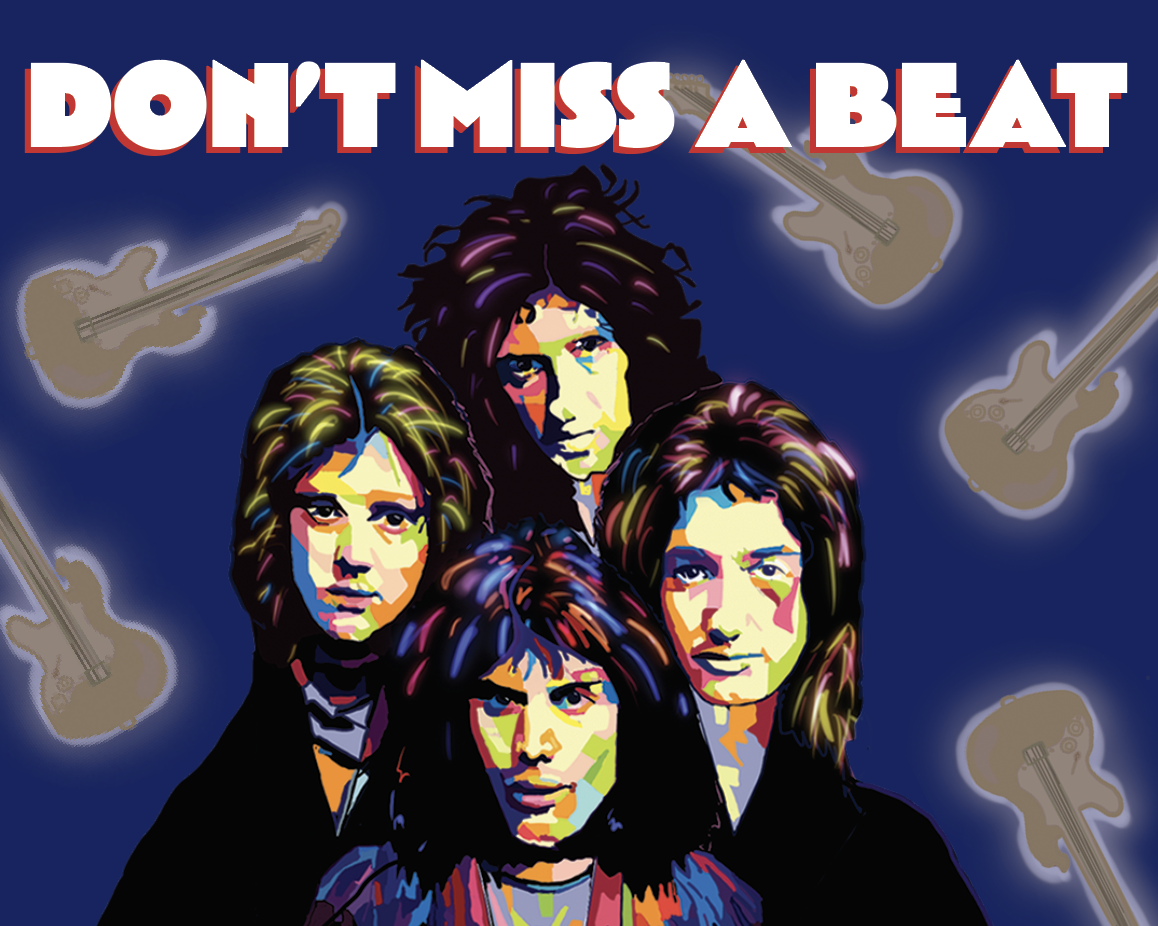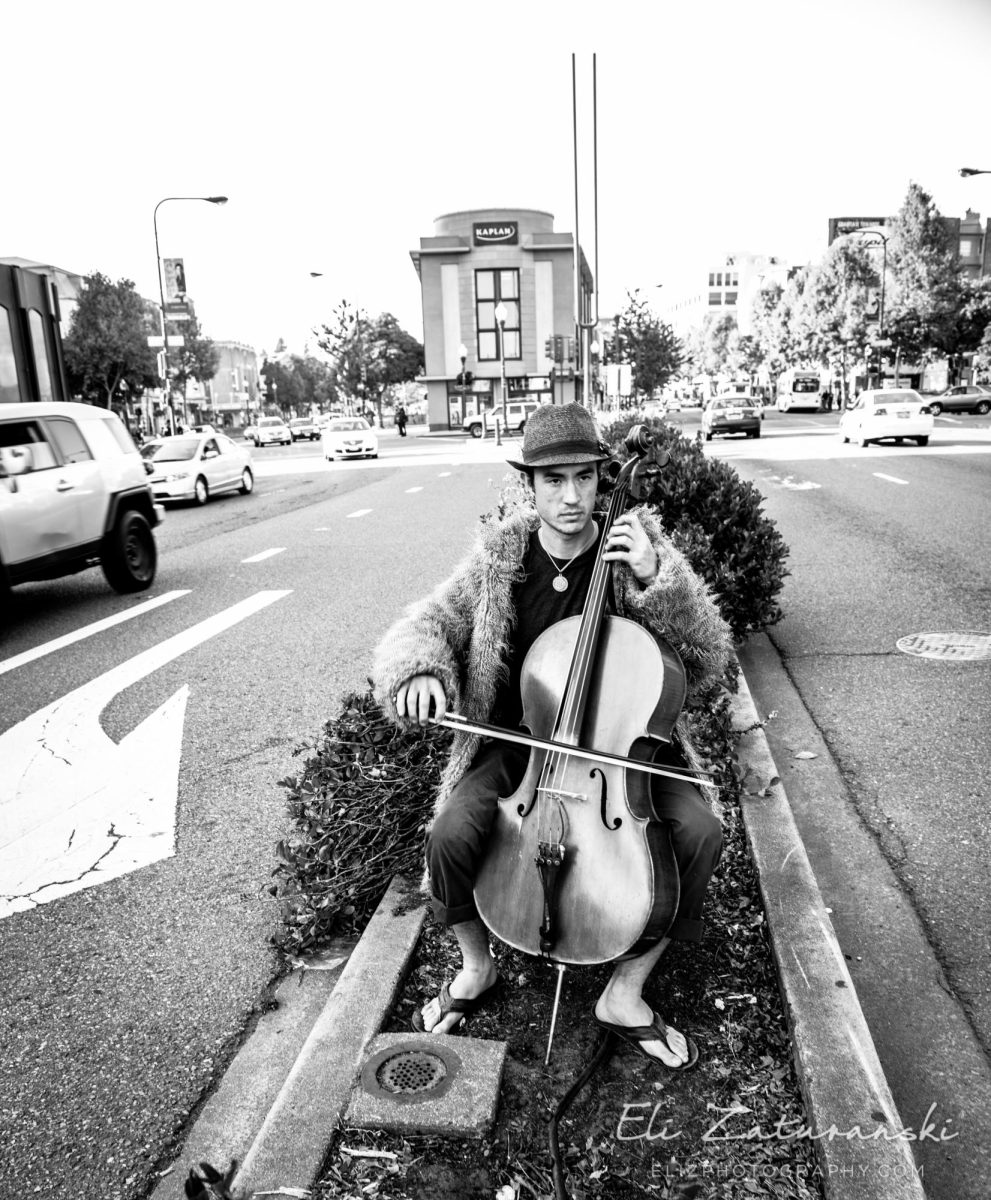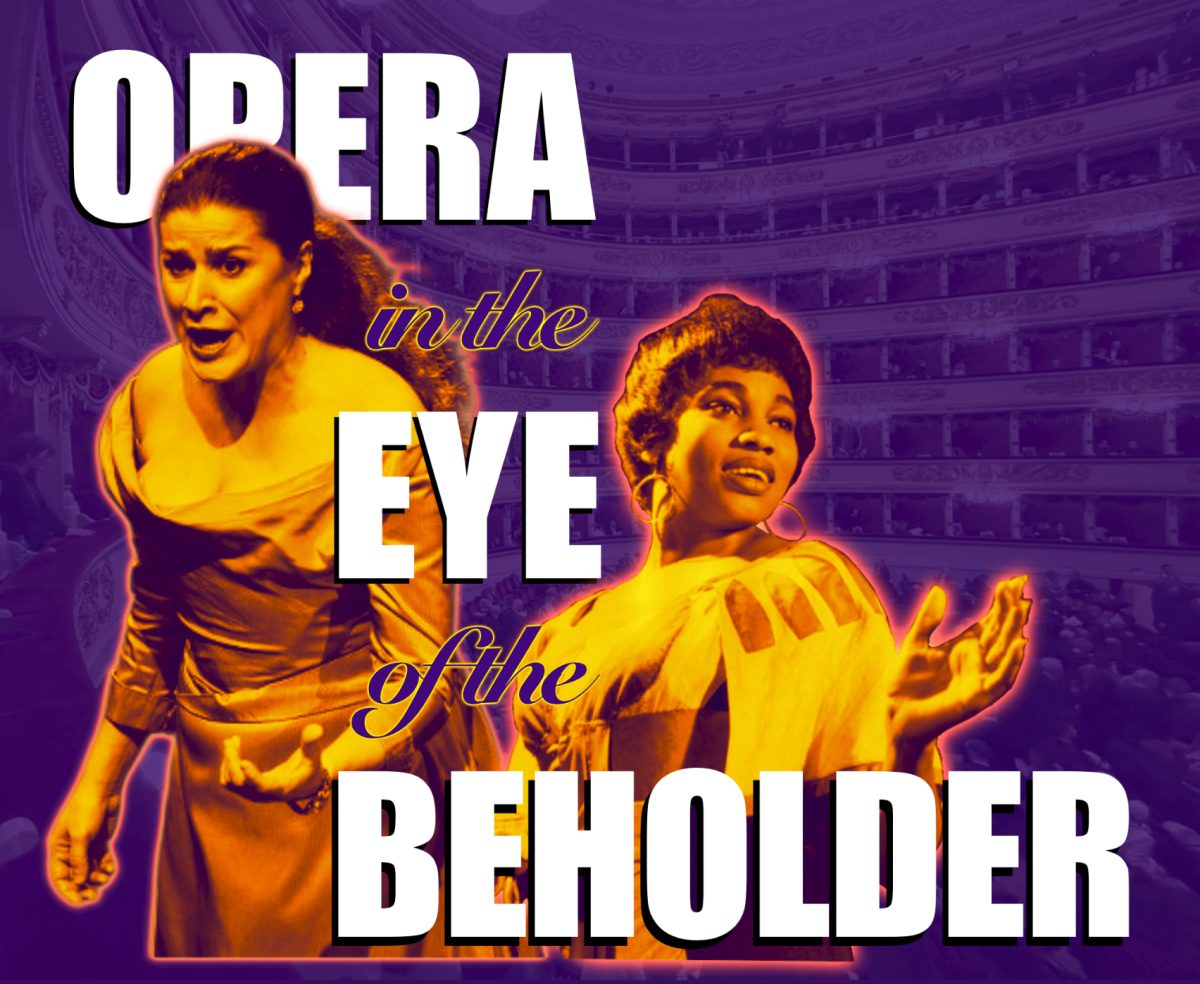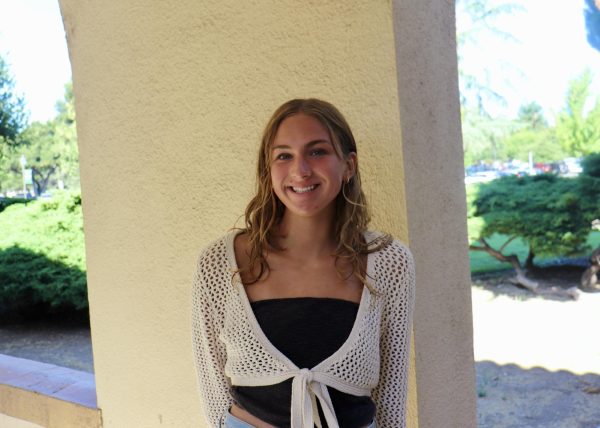In the rich tapestry of human expression, music stands as a powerful and resonant thread weaving stories, emotions and identities. Within African American communities, music emerges not just as a rhythmic melody, but also as a profound form of cultural expression that mirrors the joys, struggles and triumphs of diverse experiences. From the soulful rhythms of gospel, to the electrifying beats of hip-hop, music is a medium through which African American voices can leave an indelible mark on history.
Former Lucie Stern Professor Emeritus of psychology at Stanford University, Claude Steele was born into segregated 1946 America. Reflecting on his childhood, he grew up in a society where practically all facets of daily life were strictly segregated by race.
“[African Americans] lived in a very stern form of apartheid,” Steele said. “There was this social revolution with the civil rights movement.”
If you listened to the radio during this time, you might hear the moving instrumentals of “A Change is Gonna Come” by Sam Cooke. On the song, Cooke’s soulful voice expresses a powerful story, one that Steele describes as one the strongest pieces of music at the time.
“It [‘A Change is Gonna Come’] gave us a picture of what it all meant,” Steele said. “Blacks wanted to leave the Jim Crow segregation of the south…in the late 50s and early 60s. This was a very exciting time for African Americans. The door was open, and all this [change] could happen.”
Once the 60s began, music skyrocketed in popularity in the United States. At this time, many of the new styles and genres of music were heavily influenced by African Americans.
“One truth about American society is that African Americans have been a major source of its art, and foremost in that, in its music,” Steele said. “The indigenous American music comes from African Americans. That would be the blues.”
With roots stemming from the harsh enslavement of African Americans, the blues evolved as an adaptation of the work songs sung across plantations. As the blues grew in popularity within the United States, the lyrics continued to represent self-determination for African Americans, changing frequently to address social issues as they arose in time.
“The blues were chronicling the stresses of life under slavery and then under apartheid,” Steele said.
The blues represented the resignation of African Americans at the time that music style became popular, according to Steele. As music was black and white at the time, black music stations tended to play blues and soul music.
“That [type of music] captures, in the songs, in the lyrics, how bad life was under the apartheid system that we lived under,” Steele said.“[Cooke] was tired of living but he was afraid to die.”
Marvin Gaye was another revolutionary Black artist at the time whose music captured the struggles of African Americans, according to Steele. His soul music was undeniably one of the driving voices shedding light on the harsh realities of African American life.
“Marvin Gaye’s big album was ‘What’s Going On,’” Steele said. “We [African Americans] were in ascendance, and now we’re in this horrible situation where the only option is drug trafficking. I think music just reflects these major shifts.”

These trailblazing musicians leave a lasting impact on the music industry today. An impact that does not go unnoticed by high school students, including Chase Cobb. Cobb, a senior at Palo Alto High School, is the co-president of Paly’s Black Scholars United club.
“I believe that music has always played a large role in advocating for social justice,” Cobb said. “This is largely due to the fact that music allows artists to express themselves in a way that connects them to so many people.”
Some of the most significant black artists made their largest impact in the 1970s, which is when mainstream music began to call for change.
“Two genres that I can think of are hip-hop and reggae,” Cobb said. “Especially reggae, because of artists like Bob Marley who used his music to advocate for equality, peace and really just liberation.”
Reggae artist Bob Marley had multiple songs that were not only hits but able to resonate with those who were struggling with overcoming oppression.
Marley’s well-known militant anthem, “Get Up, Stand Up,” was written as a call to action over the immense poverty in Haiti. The message of the song is clear: people should stand up for their rights even if no one else will.
The theme of standing up for your rights is prominent in not only Marley’s music but in many other musicians’ art too. Prince, an American singer-songwriter, is a prime example of having songs that advocate for civil rights.
Prince’s song “Baltimore” was written as a protest song after the death of Freddie Gray, when he died after sustaining spinal injuries while in police custody. Although the song is about a somber topic, it’s contrasted by the upbeat tune which calls for change, hope and peace. “Baltimore” incorporates the hardships African American go through and emphasizes how young people have the power to call for change.
As a rich, expressive art form, music paves the way for artists to articulate their true feelings.
Instances where music has played a significant role in allowing black communities to express social justice concerns are still an ongoing phenomenon.
“One of the [current] examples that I can think of is the Black Lives Matter movement in 2020,” Cobb said. “I remember seeing so many videos of protests where people were playing music. I remember looking at videos on twitter of people really being united, dancing and laughing.”
In a world of highs and lows for African Americans, artists use their platforms to represent those in communities of color. The Black Lives Matter movement has been crucial to communities of color in the United States for many years, and lead to certain artists’ tracks being unofficially claimed by this movement.
“This [music] has also allowed Americans to become more connected,” Cobb said.
During the 2020 Black Lives Matter movement, life in America was difficult for many African Americans and music became an essential factor that brought families and communities together.
Songs like “Alright” by Kendrick Lamar, “Be Free” by J. Cole and “Chains” by Usher have been adopted as anthems for the Black Lives Matter movement by many allies and members.
“As far as hip hop, I think of artists like NWA, Kendrick Lamar and Public Enemy, who have all created music speaking out against social justice issues and often faced backlash because of it,” Cobb said.
Kendrick Lamar was the first ever rapper to win the highly-coveted Pulitzer prize, an award based purely on the importance and impact of his lyrics. His fourth studio album “DAMN.” is what allowed him to obtain this award, primarily because of how well the lyrics captured everyday issues for African Americans. Lamar receiving this award emphasizes how vast the styles of African American music are, even within the same genre.
While some artists use rap to further aid social justice causes, the commercialization of the genre can also hinder advances made to breaking down historical stereotypes about African Americans.
Paly history teacher Justin Cronin noticed the shift in themes of popular rap music as the genre became more mainstream.
“Record companies decided that rap was big money, so you get a lot of rap where the videos are basically half naked women and cars,” Cronin said. “That becomes the mold for a lot of rap music that comes out [after].”
Condensing all African American music into one category not only affects the views that others have on African Americans, but it also diminishes the true value that the music holds. The medium of music itself is particularly effective in hooking listeners with sound, and then educating listeners with lyrics, especially when those listening are unfamiliar with the themes of the songs.
“For music, you like it before you recognize what it’s about,” Cronin said.
Music is a unique method of advocacy, one that strays from the more traditional speech, protest or march.
“Music infiltrates the mind and allows ideas to be fully understood, as opposed to somebody standing and lecturing to you trying to convince you of their political stance,” Cronin said.
As Cronin mentions, music has a way of engaging and drawing in an audience that different methods may not be as accessible.
Beyond its enjoyable melodies, Paly choir teacher Michael Najar believes that music’s significance dives deeper than an art form. It is a powerful channel for connections.
“When our bodies begin to move…we’re experiencing that community together,” Najar said. “That communal experience is what makes life interesting, valuable and beautiful.”
Najar is one of many music teachers who sees music as an incredibly valuable art form for forming communities.
Stephen Hinton, the chair of Stanford’s Department of Music and professor of music, recognizes the importance of the connections that humans make through music.
“There’s a certain way in which music functions to bind the community and support the congregation and gathering [of people],” Hinton said.
The meaning of music goes deeper than just simply lyrics, as Hinton explains.
“The thing about music is that it’s not just singing,” Hinton said. “Music is like a conversation; everybody is saying something different but they’re all contributing to the whole thing.”
Taking influence from musical powerhouses such as Nina Simone and Stevie Wonder, Jessica Lá Rel, an African American soul recording artist and Stanford alumnus, uses her voice to speak on issues she is passionate about.
“In terms of the types of stories that I aim to tell through my music and the types of topics that I try to delve into, my focus is on unearthing lesser known stories, really bringing to light injustices or experiences that are happening to underrepresented groups of people,” Lá Rel said.
She was working on her song, “#Wecantbreathe” based on state sanctioned violence against black and brown bodies when Trayvon Martin, a Florida teen, was fatally shot by a neighborhood watch volunteer after being unjustly racially profiled.
“I remember so many people reaching out, expressing a sincere connection to the song because it was inspired also by a sort of chant that was being used in a lot of protests,” Lá Rel said. “ I was then asked by a number of different organizers and arts activists, organizations to incorporate it in a variety of ways.”
Her music has been played at social justice events, demonstrations and music videos that have been discussed at the Every 28 Hours Play Festival, named after the statistic that every 28 hours a black person is killed through state sanctioned violence.
“People have expressed the way that it captures the anxiety and the tension, but also the sort of righteous anger and the sort of triumphant response of, we cannot rest until there’s collective freedom,” Lá Rel said. “There’s collective liberation in seeing people have such strong and emotional reactions, but also being fired up and ready to respond in positive ways.”
Lá Rel expressed that her songs “Here Comes the Sun” and “War Love” often resonate with survivors of sexual assault and domestic abuse as it feels like a preventive anthem for them to operate in their power and feel seen.
While Lá Rel’s music often has an explicit connection to themes of social unrest, music itself implicitly provides a sense of empowerment orescape through sonic storytelling.
“The songs that aren’t necessarily always about social unrest are still about people’s lived experiences and are about moving through life in ways that show love and care to ourselves and to other people,” Lá Rel said. “So even when we’re not necessarily saying we need to go march, organize or boycott, even when they’re not saying it explicitly, they’re still talking about a quality of living that is very much so anchored in love.”
Harmony and Heritage_FINAL

